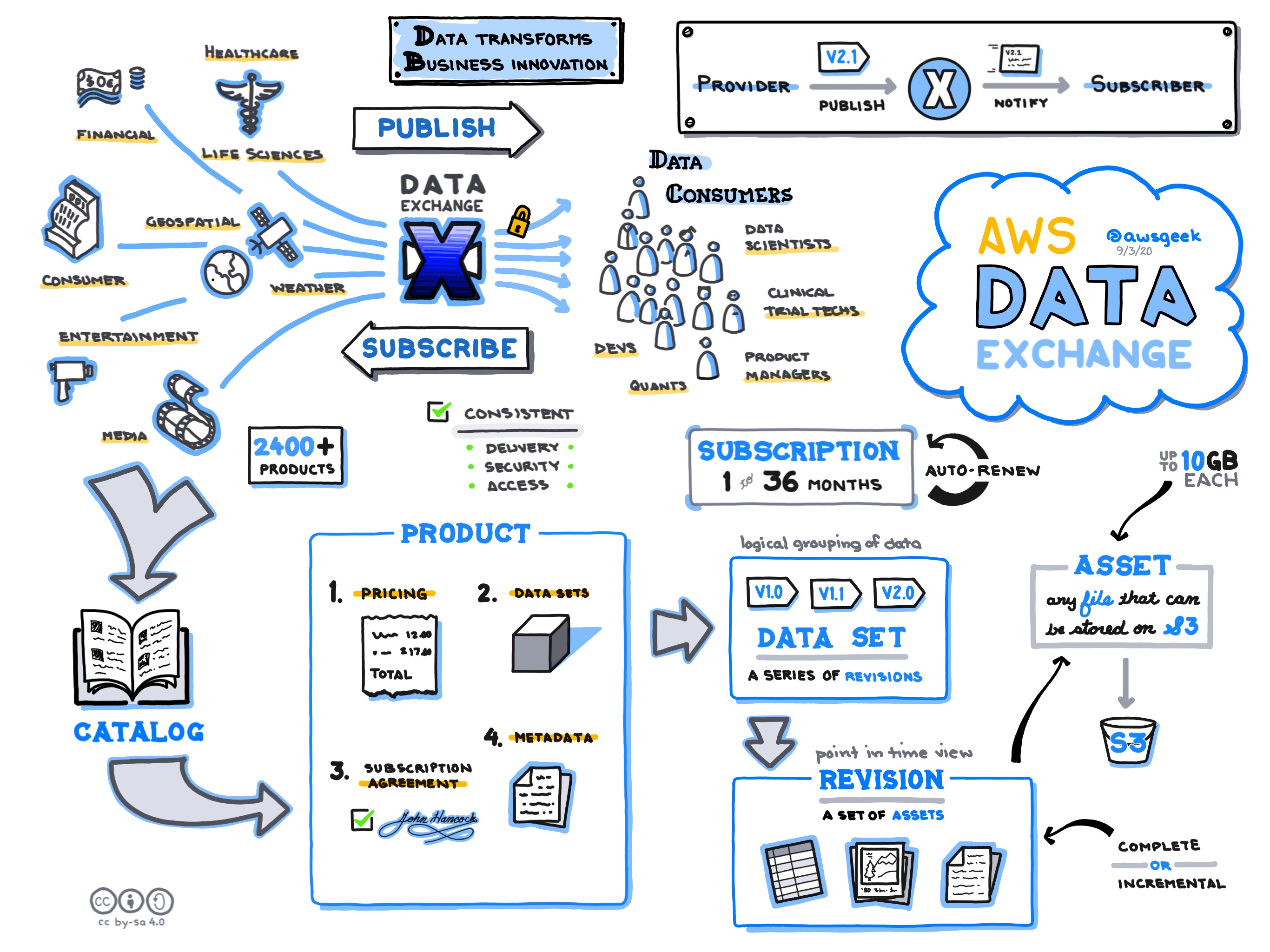
AWS Data Exchange is an innovative service provided by Amazon Web Services that allows AWS customers to find, subscribe to, and use third-party data in the cloud. It allows developers and IT administrators to seamlessly integrate external data without worrying about maintaining APIs or FTP credentials. This service is designed to simplify access to a wide array of data sets, enabling users to streamline their operations and enhance data analytics functions within their AWS environment.
Use Cases
There are several compelling use cases for AWS Data Exchange across numerous industries. In the financial sector, for instance, companies can subscribe to economic indicators, market trends, and stock price data to support real-time analytics and decision-making. In the healthcare industry, organizations can access datasets for drug efficacy studies and patient outcomes to refine treatment protocols and improve patient care. AWS Data Exchange can also be leveraged in sectors like marketing and advertising, where businesses can utilize consumer spending data and behavior analysis to tailor their advertising strategies.
Pricing
AWS Data Exchange costs are tied to the data products that users subscribe to. Subscribers pay a fee for each data product they consume, and pricing is determined by the data provider. It's vital for organizations to assess and compare the costs of different datasets, taking into account factors like the frequency of data updates and the breadth of data coverage. AWS does not charge additional fees for using Data Exchange beyond the cost of AWS services required to run applications, such as S3 storage or EC2 compute instances.
Scalability
The scalability of AWS Data Exchange allows organizations to accommodate larger datasets and increased number of data subscribers without hindering performance. Being part of the AWS ecosystem, it leverages AWS's robust infrastructure, allowing IT administrators to utilize related services such as AWS Lambda for serverless compute or Amazon S3 for large-scale storage. This scalability ensures that data solutions grow in line with an organization's needs, whether it involves ingesting more data, running more intensive analytics, or increasing the number of users accessing data.
Availability
AWS Data Exchange is built on the global AWS cloud infrastructure, which ensures high availability and resilience. Through the use of AWS regions and availability zones, AWS Data Exchange provides data access with minimal downtime and interruption. This infrastructure supports fault tolerance and disaster recovery, allowing IT admins to efficiently manage their data workflows and maintain business continuity.
Security
Security is a crucial aspect of AWS Data Exchange, aligned with AWS's shared responsibility model. Data providers and subscribers can encrypt data in transit and at rest, leveraging services like AWS Key Management Service (KMS) to manage encryption keys. AWS Identity and Access Management (IAM) can be used to set data access policies, ensuring that only authorized parties can access specific datasets. Compliance with global standards such as GDPR and HIPAA helps organizations meet regulatory requirements.
Competition
In the cloud provider landscape, several alternatives to AWS Data Exchange exist. Alibaba Cloud offers Alibaba Cloud DataV, which enables visual data presentation and analytics, providing developers with powerful tools to build data-driven applications. More information can be found here.
Microsoft Azure presents Azure Data Share, a service allowing simple, safe, and efficient sharing of big data. Azure Data Share is designed to support scenarios where organizations need to access and share data with external partners. Further details can be viewed here.
Google Cloud provides Google Cloud Marketplace, where users can find commercial datasets and other resources, helping businesses drive analytics insights with access to a wide array of data products. Explore more here.
These competitive alternatives highlight the diverse options available, each with its unique features and benefits that cater to different organizational needs. As the demand for data-driven insights grows, choosing the right service can significantly impact an organization's capacity to leverage big data effectively.
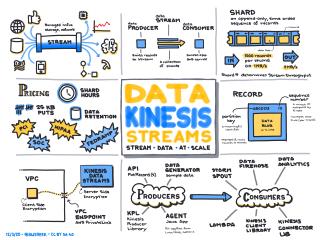 Amazon Kinesis Data Streams
Amazon Kinesis Data Streams
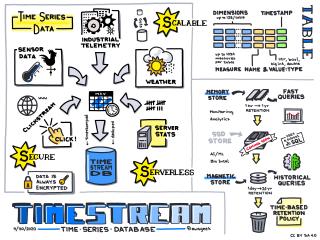 Amazon Timestream
Amazon Timestream
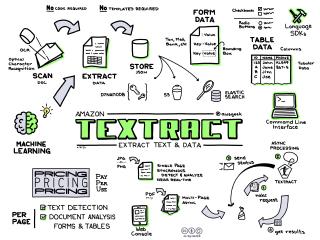 Amazon Textract
Amazon Textract
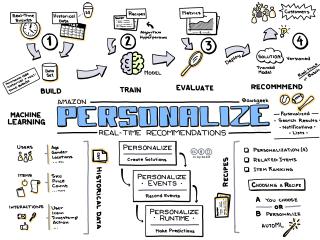 Amazon Personalize
Amazon Personalize